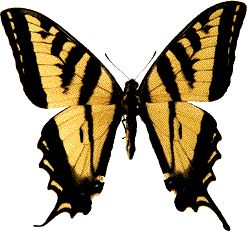The theory of natural selection (part 2) - Is fitness dependent on frequency?

Frequency-dependent selection
Frequency-dependent selection occurs when the fitness of a genotype depends on its frequency. It is possible for the fitness of a genotype to increase (positively frequency-dependent) or decrease (negatively frequency-dependent) as the genotype frequency in the population increases. Examples of both positive and negative -frequency dependence can arise in systems of mimicry.
Batesian mimicry
Natural selection may favor non-poisonous butterflies that have the same color pattern as poisonous butterflies. This system is called Batesian mimicry. When they are rare, birds will tend to avoid the mimics, because they will have already have encountered a poisonous butterfly of the same appearance. But when the non-poisonous type is common, the previous encounters of birds with butterflies of their appearance are more likely to have been rewarding; the birds will not avoid eating them, and their fitness will be lower. The fitness of the mimics is negatively frequency-dependent. A good example is the butterfly Papilio Glaucus (shown opposite.) In certain areas of North America, P. glaucus neighbors the poisonous black butterfly and black, non-poisonous variants of P. glaucus can be seen.
In this situation it is possible for natural selection to maintain a polymorphism. When a genotype is rare, it is relatively favored by selection and it will increase in frequency; as it becomes commoner, its fitness decreases and there may come a point at which it is no longer favored. At that point, the fitnesses of the different genotypes are equal and natural selection will not alter their frequencies: they are at equilibrium.
| Next |



